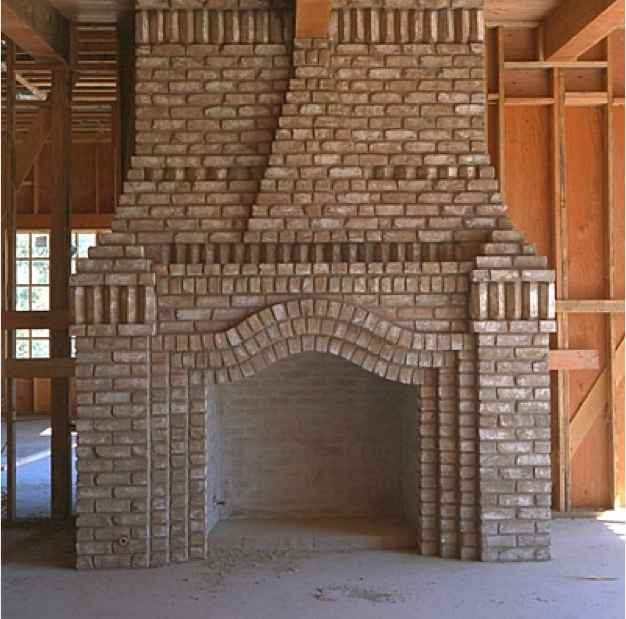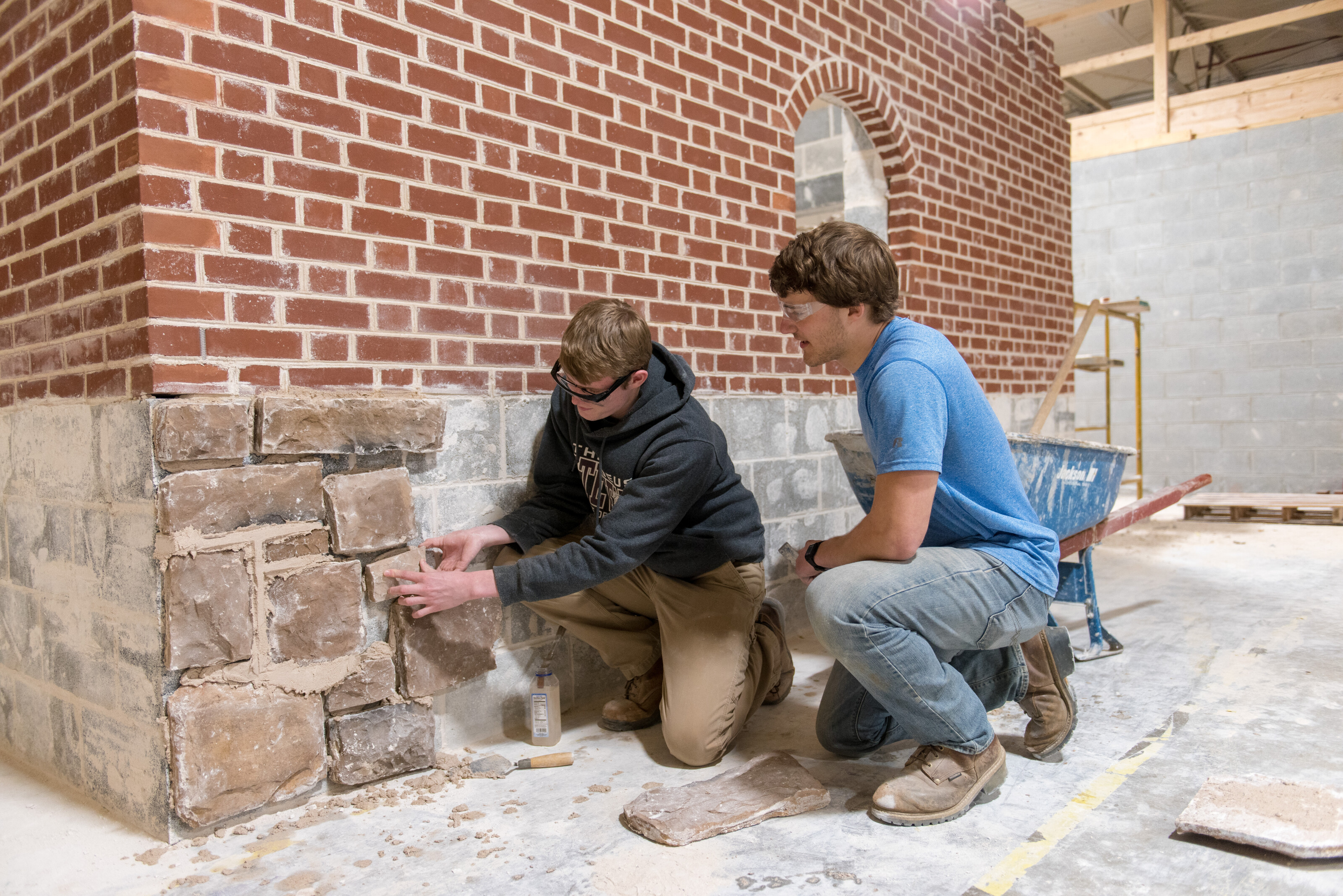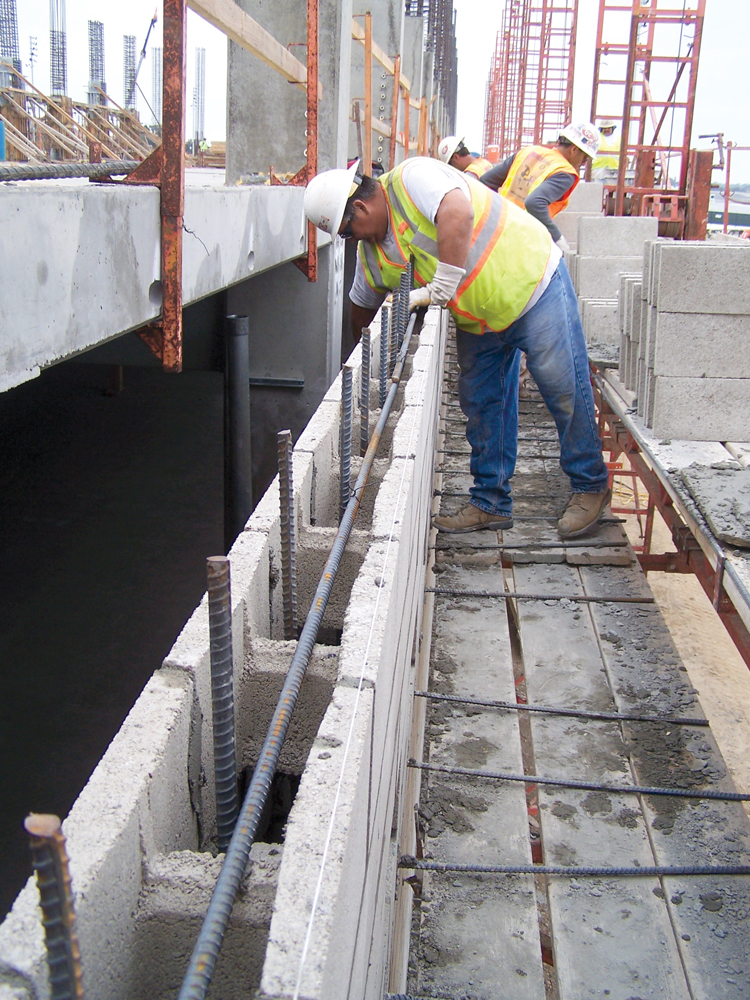Little Known Facts About Masonry Contractor Oakville.
Wiki Article
Not known Facts About Masonry Contractor Oakville
Table of ContentsThe smart Trick of Masonry Contractor Oakville That Nobody is DiscussingMasonry Contractor Oakville Fundamentals ExplainedMasonry Contractor Oakville Things To Know Before You BuyMasonry Contractor Oakville Can Be Fun For EveryoneThe Basic Principles Of Masonry Contractor Oakville Getting My Masonry Contractor Oakville To WorkMasonry Contractor Oakville Fundamentals Explained
Grounds are concrete structures, although beds of compacted crushed rock or smashed rock can work. Constantly larger than the wall, footings spread out the weight of the stonework above over a greater area, so it doesn't sink right into the ground erratically and also break the wall surface. The size of a footing differs with the weight it will certainly sustain and the bearing ability of the dirt it rests on.Concrete slabs, as well as rock or block walkways, should additionally be sustained on solid ground, yet instead of having a concrete footing, they hinge on a base of smashed stone. Like a footing, crushed stone helps distribute the weight of, say, a car wheel, to the ground listed below. The stone additionally offers drain, and also an extra or much less even appear for the masonry over to hinge on.
All masonry expands as well as gets with temperature changes, as well as if it's limited from relocating, it will certainly crack. The concrete utilized for slabs and grounds is a combination of crushed rock, sand, and Portland concrete.
Masonry Contractor Oakville Fundamentals Explained
The Portland concrete as well as water incorporate as well as border the sand as well as gravel. At the same time, the water reacts chemically with the Portland concrete as well as the whole slurry begins to set. It is essential to add simply the minimum quantity of water needed to make a practical mixexcess water deteriorates the completed concrete.Depending on the objective of the concrete, additives may be included in the mix. Fiber minimizes the chances of cracking. Plasticizers allow less water to be added while still leading to concrete of a convenient uniformity. Retarders reduce the solidifying process, something that can be helpful in heat when concrete can set also swiftly to complete well.
For big jobs, pros order concrete from a set plant and also it's supplied in ready-mix vehicles. A totally filled ready-mix vehicle includes concerning 10 cubic backyards of wet concrete, regarding 20 lots of material. Jobs needing much less than one cubic backyard of concrete are usually finished with bagged mixes (masonry contractor oakville). Mortar is a mix of Rose city concrete and sand and is made use of for bedding masonry systems such as cinder block, brick, as well as stone.
Some Known Factual Statements About Masonry Contractor Oakville

Can a DIYer Do Masonry Job? The majority of masonry job is a work for experts.
repointing stopping working mortar is within the abilities of lots of people. patching concrete is a basic work and also resurfacing a matched as well as put on piece or Recommended Reading sidewalk. Precast concrete obstructs open up some terrific opportunities such as fire pits as well as outdoor patios. Stonework work needs unique attention when functioning temperatures are listed below 40 F. Very winter alters the habits of mortar as well as can bring about fracturing and also other issues. Masons have to act without delay as well as adhere to special steps to keep stonework cozy as well as practical. This may include securing resources from cold as well as ice, home heating mortar throughout application, as well as protecting structures throughout the treating procedure.
The Definitive Guide to Masonry Contractor Oakville
If the water in the mortar freezes, it creates a harmful change in volume, triggering mortar expansion. If the mortar includes greater than 6 percent water, the expansion as a result of cold will certainly be excellent sufficient to split the mortar. Furthermore, dampness or ice externally of masonry systems can stop a great bond between the mortar and also the devices.Utilize speed hydration by utilizing high-early cement or by utilizing an accelerator or admixture. Know that most industrial masonry 'antifreeze' admixtures are accelerators rather than freezing-point depressants. ASTM C1384 supplies requirements for assessing admixtures as well as accelerators in masonry mortars. Kind III cement can change the shade of mortar. Location materials on planks as well as cover them with tarpaulins.

Facts About Masonry Contractor Oakville Uncovered
Masonry units with high rates of absorption will increase tensing. Place mortar on heated surfaces, such as steel mortarboards, to stop cold throughout application. Calcium chloride (at a limitation of 2 percent by weight of cement) is generally used in concrete as an accelerator, but the Spec bans its usage in mortar for Stonework Frameworks.Other stonework should be maintained completely dry prior to installment. Do not set up glass masonry systems during chilly durations. Cover walls with plastic to avoid water from going into the stonework when temperatures are over 32 F.Cover wall surfaces with 1/2-inch insulation coverings when the temperature level is in you can check here between 32 F and also 20 F to avoid or reduce quick heat loss and also to avoid water from going into the stonework.
Heat sources might be used on both sides of the masonry unfinished. Install coats if wind speed is greater 15 miles per hr.
The Basic Principles Of Masonry Contractor Oakville

Use bulk-delivered completely dry mortar ingredients whenever feasible - masonry contractor oakville. Defrost frozen lumps of sand by heating as well as separating the clumps, if needed. Area stonework units on unfrozen surface areas since ice decreases bond; when ice thaws, the stonework can relocate. Do not lay stonework systems having either a temperature level listed below 20 F or containing icy dampness, noticeable ice, or snow on their surfaces.
Stonework systems with high prices of absorption will certainly accelerate tensing. Area mortar on heated surfaces, such as steel mortarboards, to stop freezing throughout application. Calcium chloride (at a limitation of 2 percent by weight of cement) is commonly used in concrete as an accelerator, yet the Spec restricts its use in mortar for Masonry Frameworks.
The smart Trick of Masonry Contractor Oakville That Nobody is Discussing
Various other stonework needs to be maintained completely dry prior to installment. Do not install glass masonry devices throughout cool durations. Cover wall surfaces with plastic to protect against water from entering the stonework when temperatures are over 32 F.Cover walls with 1/2-inch insulation blankets when the temperature is between 32 F and 20 F to avoid or lower quick heat loss as well as to stop water from getting in the stonework.Warmth resources may be used on both sides of the stonework unfinished. Install windbreakers if wind speed is higher 15 miles per hr.
Report this wiki page